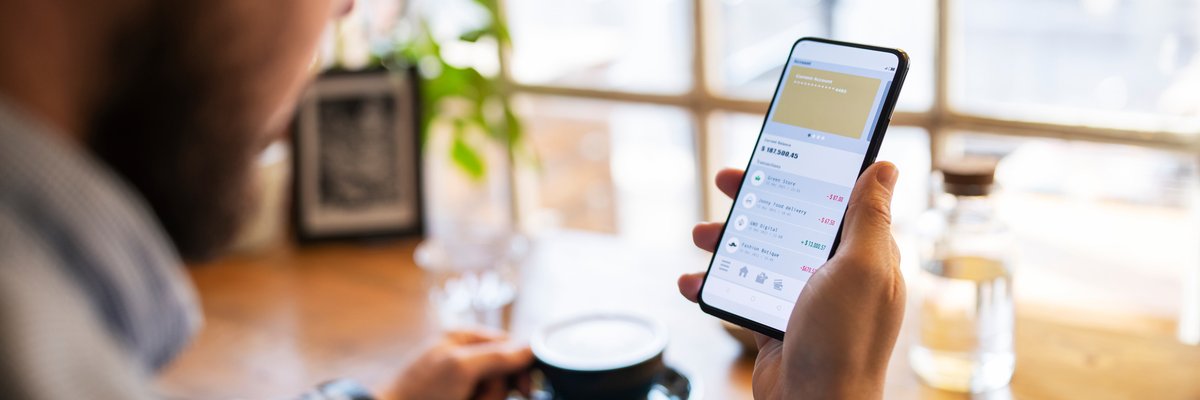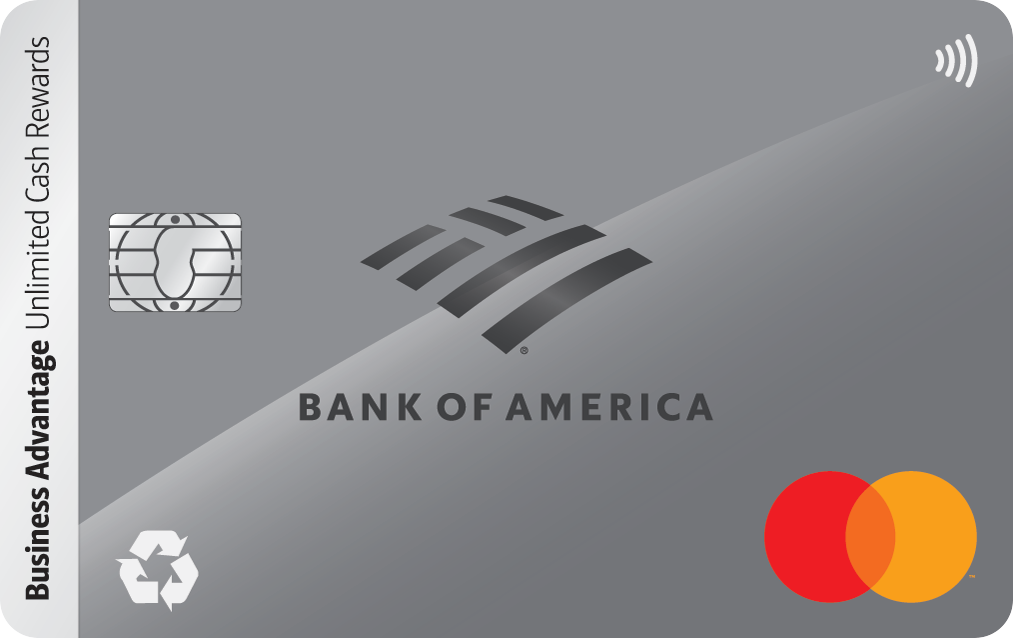Is Venmo Safe? 3 Things Every User Should Know

Image source: Getty Images
I use Venmo all the time. It works exactly how you expect and it's become one of the default ways I move money.
But Venmo isn't a bank. That means the protections you're used to with a checking account or credit card don't always apply. The app itself is secure. The risks come from how people use it.
Here are the three things that matter most.
1. Your Venmo balance isn't FDIC-insured
This is the part most people never realize. Money sitting in your Venmo balance is not protected by the FDIC. If Venmo were ever compromised or the company ran into financial trouble, your stored balance would not get the same insurance you get at a bank.
There is one exception. If you use Venmo Direct Deposit, those direct-deposit funds are placed at Venmo's partner bank in your name and become FDIC-insured up to legal limits. Regular Venmo balances do not qualify.
The safest move is simple. Don't store large amounts of money in Venmo. Transfer it to your high-yield savings account instead. HYSAs tend to pay at least 10 times the national average APY on your savings, and some even pay up to 400 times more than big banks like Bank of America or Wells Fargo.
You can compare the best high-yield savings accounts here and open one in minutes.
2. Payment mistakes aren't reversible and scams aren't covered
When you pay someone on Venmo, it works like cash. If you send money to the wrong person or a scammer tricks you into sending them money, Venmo usually can't reverse the transaction.
Credit cards let you dispute fraudulent charges. Banks have protections for unauthorized withdrawals. Venmo doesn't work that way. If you authorize a payment, even by mistake, the money is gone.
This is why scammers love Venmo. Fake buyers, fake sellers, someone claiming they paid you by accident, someone asking for a small "verification" payment. These all rely on the same weakness. Once you hit send, there's no built-in safety net.
Venmo does offer some purchase protections on goods bought and sold, but not person-to-person payments. Payments that qualify for purchase protections must be:
- Venmo Debit Card and Teen Debit Card purchases
- Purchases of goods and services from authorized merchants
- Payments sent using the Pay and Request feature in your Venmo account that are sent to business profiles or that are identified as for goods and services
3. Your data can be more public than you think
Venmo's social feed made payments look friendly and fun, but it also trained people to overshare. Even if your transactions are set to private, Venmo still collects metadata like your contacts, payment connections, and account activity.
If you want more privacy, switch your settings to Private, hide your past activity, and turn off contact syncing. It takes a few seconds and closes a major gap.
How to stay safe
A few quick habits make Venmo a lot safer.
- Keep little to no money in your Venmo balance.
- Only send payments to people you trust.
- Lock the app with Face ID or a PIN.
- Set your privacy to Private and review it once a year.
Venmo is perfectly safe to use. Just know that the normal protections of a bank don't apply. It's sort of like swimming without a life jacket. It's not dangerous, as long as you know what you're doing.
And if you really want to stay safe and earn some real interest on your savings, check out a high-yield savings account today.
Our Research Expert


